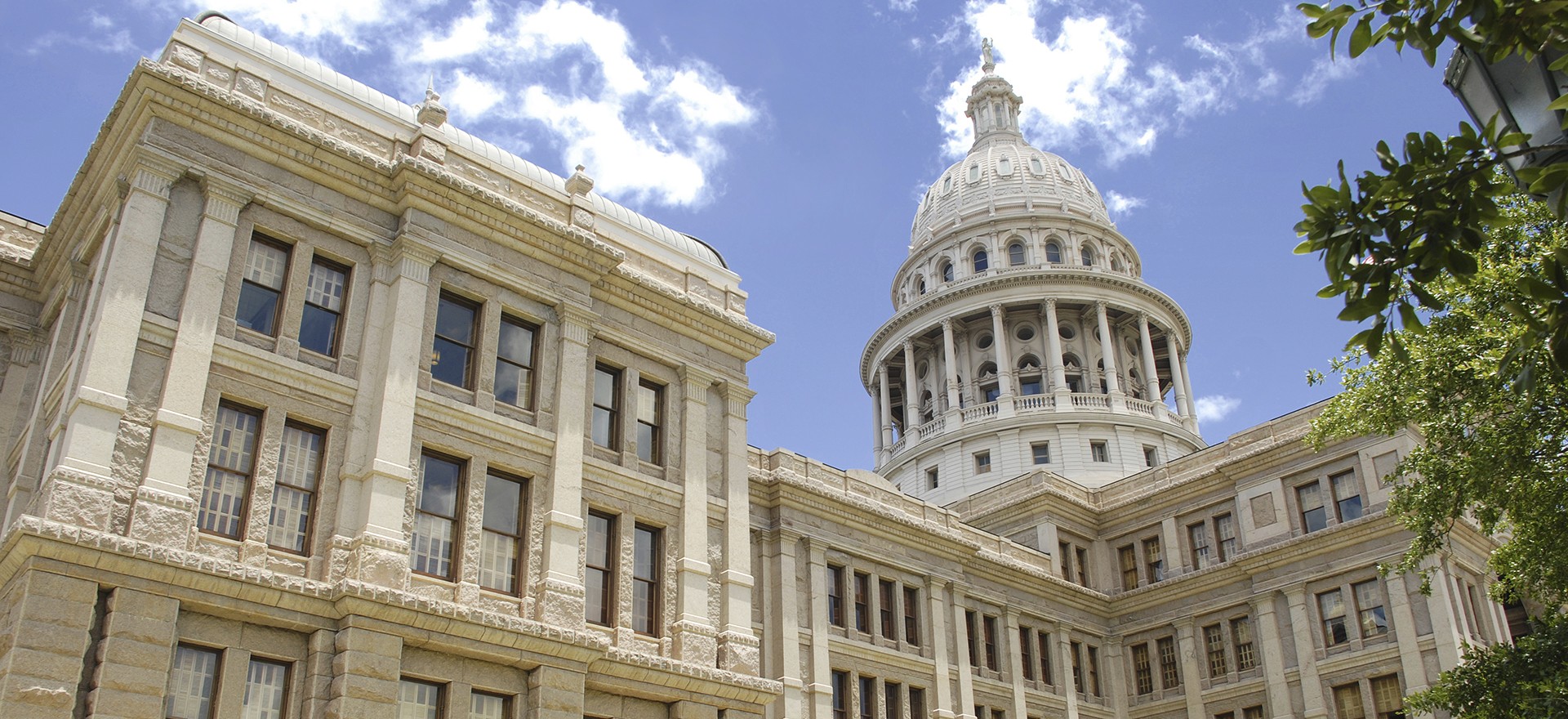Census workers are knocking

Congress | Federal
Date Posted: 9/17/2020 | Author: Andrea Chevalier

U.S. Census Bureau
Recently, my family has encountered census workers who are trying to make sure our neighbors are counted by the September 30 census deadline. During a pandemic and an era of misinformation and distrust, you may find yourself cautious during such meetings. This feeling is completely understandable. However, armed with information and a commitment to helping others get counted in the 2020 Census, we can all work together to make sure Texas receives its fair share of federal funding for roads, schools, healthcare, representation in Congress, and much more.
A few weeks ago, I was playing in the front yard with my toddler when a census worker (who had been sitting in a running car for quite some time) asked if a "Nicole" lived in our house. I recognized the U.S. Census badge and other materials he had marked with the "2020 Census" logo. I replied, "No," and he said that maybe they were at our neighbor's house. I knew, however, that our neighbor had already filled out their census because we talked about it months ago. He talked to my neighbor, got the information he needed, yelled across the yard to me to tell me about how he hadn't gotten to see his newly-born grandchild yet, and drove off.
The U.S. Census Bureau has detailed information on what to expect from census takers in your neighborhood and what to look for to verify their identity. And, here are some common reasons why those who have already responded to the 2020 Census may be visited by a census worker.
In another instance, my husband opened the door one evening to a woman who held up her badge and informed him she worked for the U.S. Census Bureau. She asked my husband how many people lived in the house across the street, if the house was rented or owned, and whether they were Hispanic. Soon, the neighbor in question pulled in to their driveway. The census worker rushed to their house, but, according to my husband, the neighbors quickly got back into their car and drove off. My husband felt uncomfortable about the encounter with the census worker, but the practice of using "proxy sources" to get basic information about non-responsive households is not uncommon.
According to a U.S. Census Bureau press release on door-to-door non-response follow-ups from the:
Census takers will go to great lengths to ensure that no one is missed in the census. After exhausting their efforts to do an in-person interview with a resident of an occupied housing unit, they will seek out proxy sources — a neighbor, a rental agent, a building manager or some other knowledgeable person familiar with the housing unit — to obtain as much basic information about the occupants as they can.
Some are concerned with the safety of participating in the 2020 Census. How will the information be used? Will it be used against me? This "Fighting Rumors" page provides information useful for educating yourself (and others) on how census data is used and not used. Most importantly, without an accurate count, especially of children, Texas risks adequate funding for essential funding streams that impact public schools, school nutrition programs, child care, special education, and much more.
One-third of households in Texas (roughly 31%) have been counted through the "boots-on-the-ground" efforts of census takers during the non-response follow-up (NRFU) process. Through these efforts, Texas is now just under the national average of enumerated households, at 92.4% compared to 93.0%.
CONVERSATION
RECOMMENDED FOR YOU

12/19/2025
Teach the Vote’s Week in Review: Dec. 19, 2025
Happy Holidays from ATPE! The ACLU of Texas is challenging SB 12 in federal court, and ATPE has distributed candidate surveys to those running for statewide, legislative, and SBOE seats.

12/18/2025
Gov. Abbott’s property tax promise and the split in the Texas GOP
Property taxes aren’t just a political talking point. They’re the main revenue source for vital local services, including police, fire, and public education.

12/12/2025
Dec. 8 filing deadline sets the stage for 2026 elections
Now’s the time to confirm your voter registration and update it if necessary.

